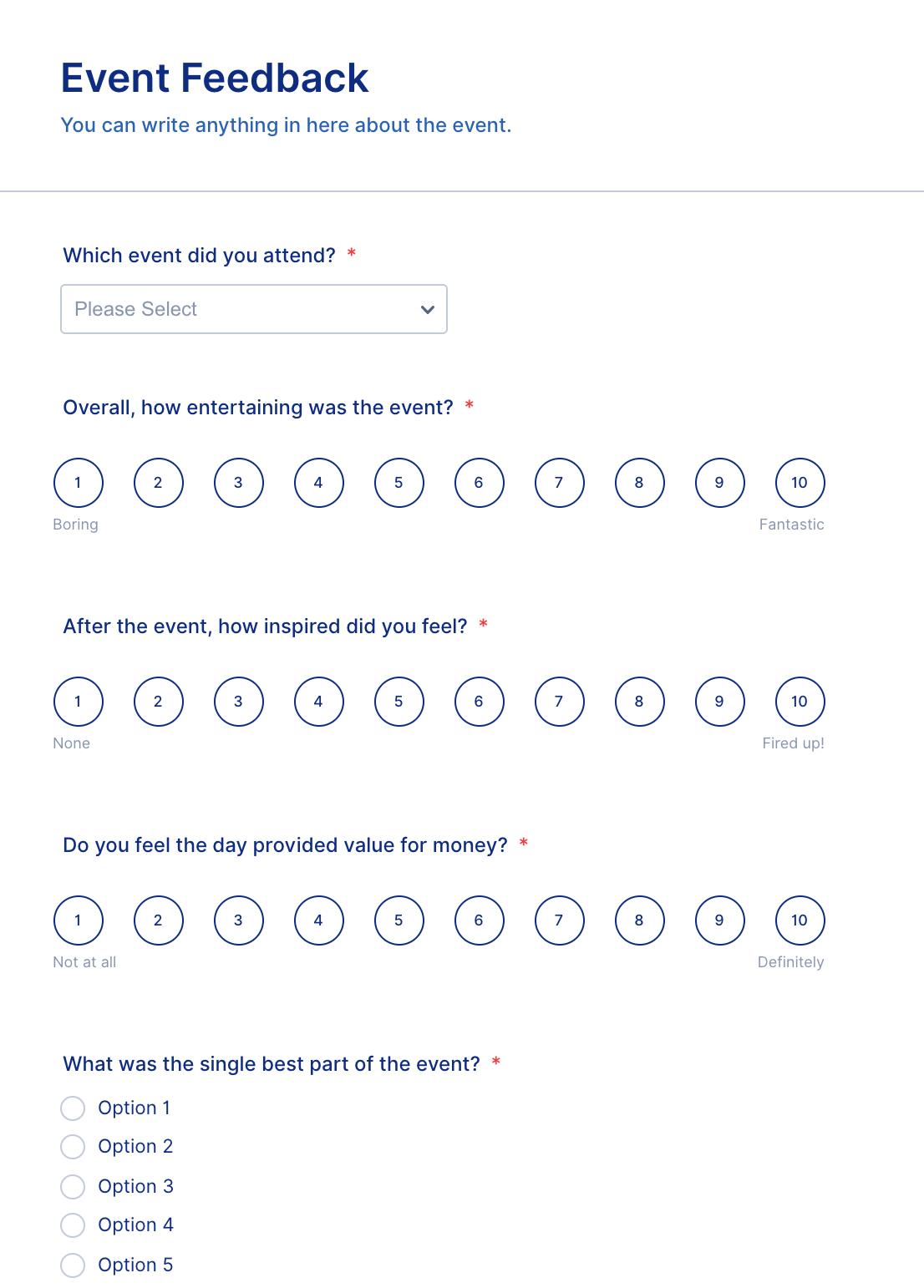Over time, changes in consumer design preferences and in your business can spur you to update your brand. However, once your team decides it’s time to update, it’s important to pause and determine how deep the changes need to go.
A brand refresh isn’t as intense as a rebrand and generally involves surface-level changes, like modernizing your logo, messaging, and website. Rebranding goes deeper and can include a complete change in positioning, brand image, and even your name.
The differences between a rebranding and a brand refresh will also dictate how much you have to invest to get the job done. A rebranding is more intense and will require a larger monetary investment and time commitment from your company and your team. This makes it especially important to analyze your business case before getting to work.
How to make the right choice for your brand
One of the keys to choosing how you’ll update your brand is in-depth customer research. Customer research will inform you about which parts of your brand customers like and what’s falling short. It will also help you understand what customers expect as an outcome of your brand updates.
However, change without purpose is costly and can even hurt your brand image. Answering the following questions can help you decide if your brand just needs a refresh:
- Is your company offering new services?
- Does your brand have an updated mission?
- Are your brand design elements outdated?
If you answered yes to these questions, you likely need a brand refresh.
But should you stop at simply refreshing your brand? Maybe rebranding — which is more akin to a complete overhaul or replacement of core services — is a better choice. The following questions can help you determine if you need to go deeper than a brand refresh:
- Are you making drastic changes to products and services?
- Do you need to fight seriously negative brand sentiment?
- Has a recent merger made both brands incompatible?
The questions above do more than ask about recent events; they ask you to consider how serious the reasons for rebranding are. This is because brand equity is valuable, and rebranding will result in a loss of brand recognition and equity. It’s unlikely you want to lose the equity you’ve earned so far unless the situation truly calls for it.
Brand refresh vs rebrand: What each looks like
Branding isn’t a static process — it’s an evolutionary process. Companies that view it as static run the risk of becoming outdated and losing brand appeal. To stay relevant, businesses make incremental changes that keep their brands looking fresh and ensure their messaging stays aligned with who they are and what they do.
We mentioned that a brand refresh typically involves surface-level changes, but you may wonder what this looks like in practice. A good example is the Nike logo, which has undergone several design changes over the years to stay in line with modern design standards and portray the right image to its community.
As is clear with Nike’s evolution, changes don’t have to be groundbreaking to be effective. With Nike, we see logos that match their era, and those changes keep the brand fresh and relevant. Often, drastic changes can be harmful, as they may reduce the brand recognition you’ve worked so hard to establish.
Rebranding is more comprehensive and may even involve changing the company name. A current example of rebranding is Facebook’s change to Meta. The company’s focus has expanded from connecting people on its social platforms to encompass creating the metaverse.
Meta’s goal is to unify digital worlds to connect people. The organization also wants to create a brand that isn’t so closely linked to a single product and that encapsulates everything it’s doing today.
This is definitely a big change. But for now, the minimalist design and infinity curves seem to fit the company’s vision for the future. When your company’s purpose changes, you’ll need to reevaluate your brand to make sure it’s aligned.
The depth of your rebranding will depend on your goal and the results of your customer research. Keep in mind that rebranding doesn’t always require a name change. So do your homework to make your rebranding project as precise as possible.
How to collect customer and stakeholder feedback on a refresh vs rebrand
Research is essential to making decisions that resonate with your audience and company. Use surveys, interviews, and focus groups to learn what people think about your brand, validate design ideas before finalizing, and make sure your design changes are intentional. These steps will help ensure that your brand updates are a success.
Jotform makes it easier than ever to collect, organize, and analyze feedback. With our powerful forms, you can start from premade templates and customize them to fit your needs and match your branding.



















Send Comment: